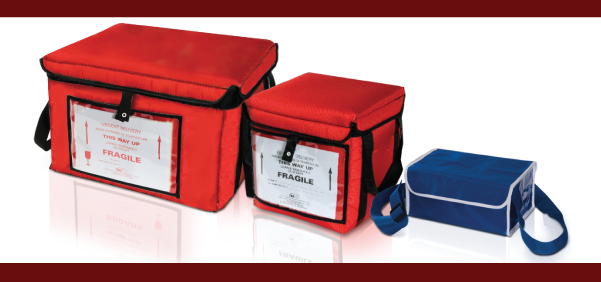Some general regulations must be followed once blood is collected. Blood and blood components must be transported in proper packing materials, using authorized transit containers, and handlers must follow proper procedure. Approved packaging, transportation, and handling conditions and regulations vary based upon the blood product. Before the packaged blood or blood components can be shipped, an anticoagulant is required. The anticoagulation solution must be sterile and pyrogen free. A formula set by the Center for Biologics Evaluation and Research determines how much anticoagulation is used. Packaging for whole blood and blood components must be water repellent.
Once packaged the blood/transit container must be sterilized and pyrogen free. The container and packaging must be linked and attached the whole time in a tamper proof way. The transit container must ensure proper calibration, labeling and able to secure and protect the internal product. Surface temperatures of the blood or blood components should be monitored periodically while in transit. Whole blood must be storage between 33.8 -50°F during transportation. Federal law requires that proper documentation and identification of the blood product must accompany all shipments. Dead air space in packaging containers should be minimized with ice and should not enter ranges of high temperatures for long periods of time.

Once blood has been collected from the donor, it will be taken to two places. One is the processing center. The second is the facility at which it will be stored or used. (i.e. blood bank/hospital/recipient) Transportation to a processing center must follow federal transport rules, as well as state laws. Samples must be monitored continuously to verify the correct temperature, safety, and hygienic procedures have been followed for quality assurance. Transportation to an establishment like a hospital or blood bank, follows similar regulations. Transfer time must be kept to a minimum, and all components from the blood supplier must have a dispatch note. The note should include the number of donation units, the compost ABO and RhD group, signatures from the person who is donating the blood, as well as a space designated for the person receiving the product. Each blood product has specific guidelines to ensure product integrity from donor to the end recipient.
